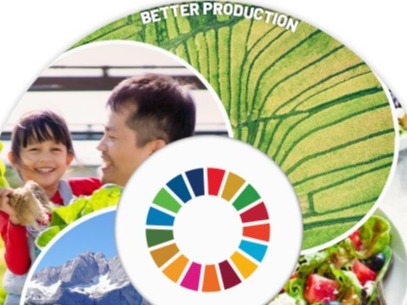The Chief Scientist is the driver to leverage and mainstream STI at FAO by delivering strategic directions, enhancing dialogues and forging transformative partnerships.
The Chief Scientist enables the Organization to strengthen its position as a source of reliable scientific information and a neutral platform at the heart of important debates.The Chief Scientist also strengthens FAO’s capacities to support countries in identifying, piloting, and scaling up technologies and innovations which are adapted to their needs and contexts.
FAO developed its first-ever Science and Innovation Strategy in 2022. It is a tool to support the delivery of the FAO Strategic Framework 2022–31 and the 2030 Agenda for Sustainable Development. The Action Plan 2022-2025 for the implementation of the Science and Innovation Strategy provides a common framework for FAO action at the country, sub-regional, regional and global levels.
Highlights

Publications
Digital technologies for multidimensional youth engagement in agrifood systems transformation
10/2024
The Young Scientists Group (YSG) conducted a comprehensive literature review which highlights various relevant case studies, together with a survey...

Publications
A casebook of good practices and inspiring stories from Europe and Central Asia
07/2024
Amidst the challenges confronting agriculture in Europe and Central Asia, this casebook unfolds the stories of 25 farmers and agripreneurs who have...
The Chief Scientist and STI
The FAO Strategic Framework 2022-31 puts at its centre the vision of Leaving No One Behind through MORE efficient, inclusive, resilient and sustainable agrifood systems for better production, better nutrition, a better environment, and a better life for all.
The Chief Scientist makes a key contribution to this vision through harnessing STI to provide solutions that address all the dimensions of sustainability to promote a world free from poverty, hunger and malnutrition, in accordance with the 2030 Agenda.
Technology and innovation being two of the four accelerators in FAO Strategic Framework, together with data and complements (governance, human capital, and institutions), facilitate the role of the Chief Scientist to contribute to that vision.
The Chief Scientist supports assessment of the needs of small-scale producers in technologies and innovations and evaluates their impacts, including the potential benefits, risks, trade-offs and unintended consequences, as well as the barriers to adoption and diffusion, to ensure that the Programme Priority Areas can better leverage the two accelerators.


